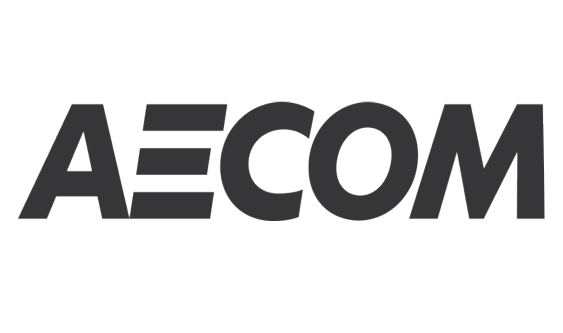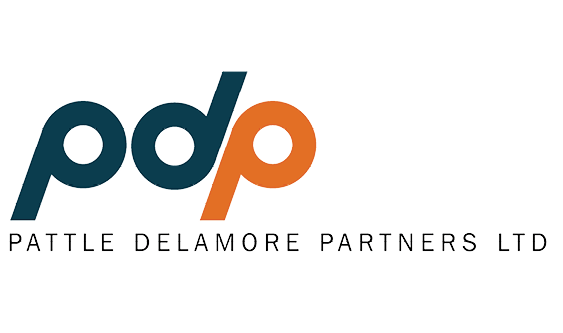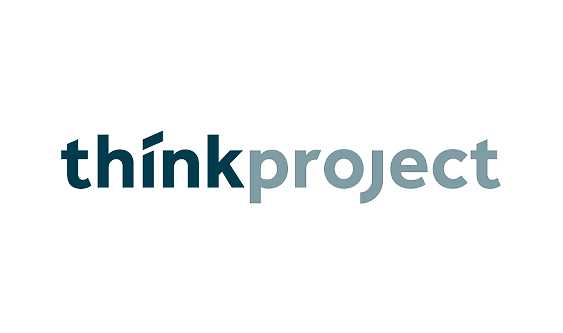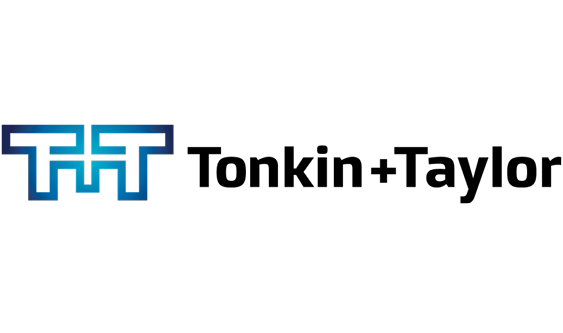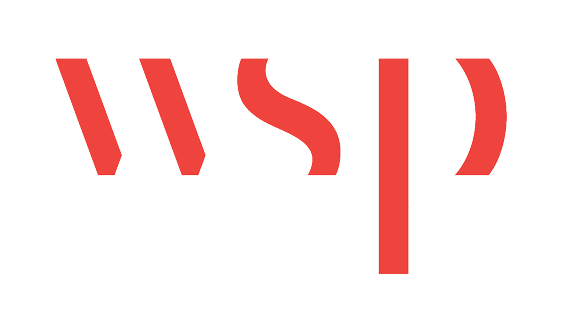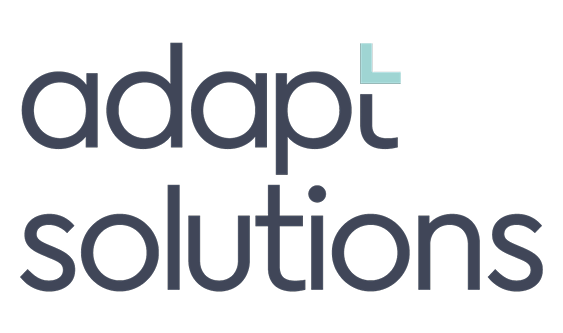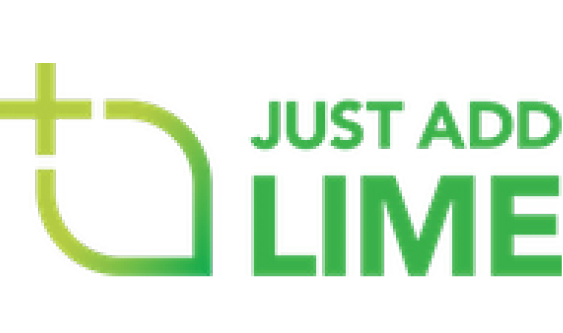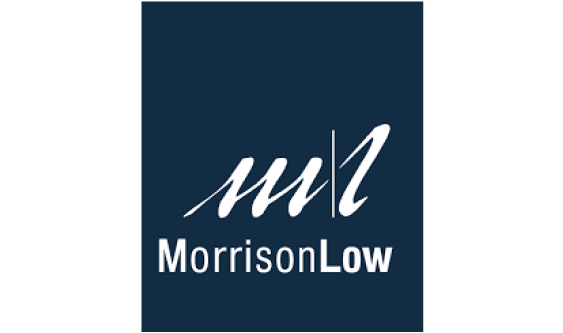“Kāeo Bridge Upgrade” is a finalist in the Community Award category at the 2024 Āpōpō Awards.
Northland’s Kāeo Bridge Upgrade has delivered an overdue asset to a community in need. With community at its heart, this bridge will enhance safety, the local economy, growth and prosperity. Along the way, project teams have brought community members with them, presenting unique opportunities to connect with the project, and generating a legacy that stretches far beyond the asset itself.
All involved: Fulton Hogan, WSP, Waka Kotahi, and Aurecon
Kaitiaki, tamariki and the community have been central to Northland’s Kāeo Bridge Upgrade, a project that will improve connectivity for this community and allow it to prosper. These groups have been engaged from the outset, before any shovel ever broke ground, to preserve the ecosystems around the construction site and create a community and environmental legacy that will last for generations.
The project replaces the single lane bridge just north of the Kāeo township, addressing safety concerns and mitigating impacts of the throttle point for Northland’s Te Hiku Ward economy. Project scope includes a new two-lane bridge and a roundabout at the intersection of SH10 and Whangaroa Road.
The $40M project has been undertaken by Fulton Hogan, Waka Kotahi, WSP and Aurecon, with works beginning in November 2021. The project’s cornerstone, the new two-lane bridge, officially opened to traffic on Saturday 24 February 2024 – two months ahead of schedule.
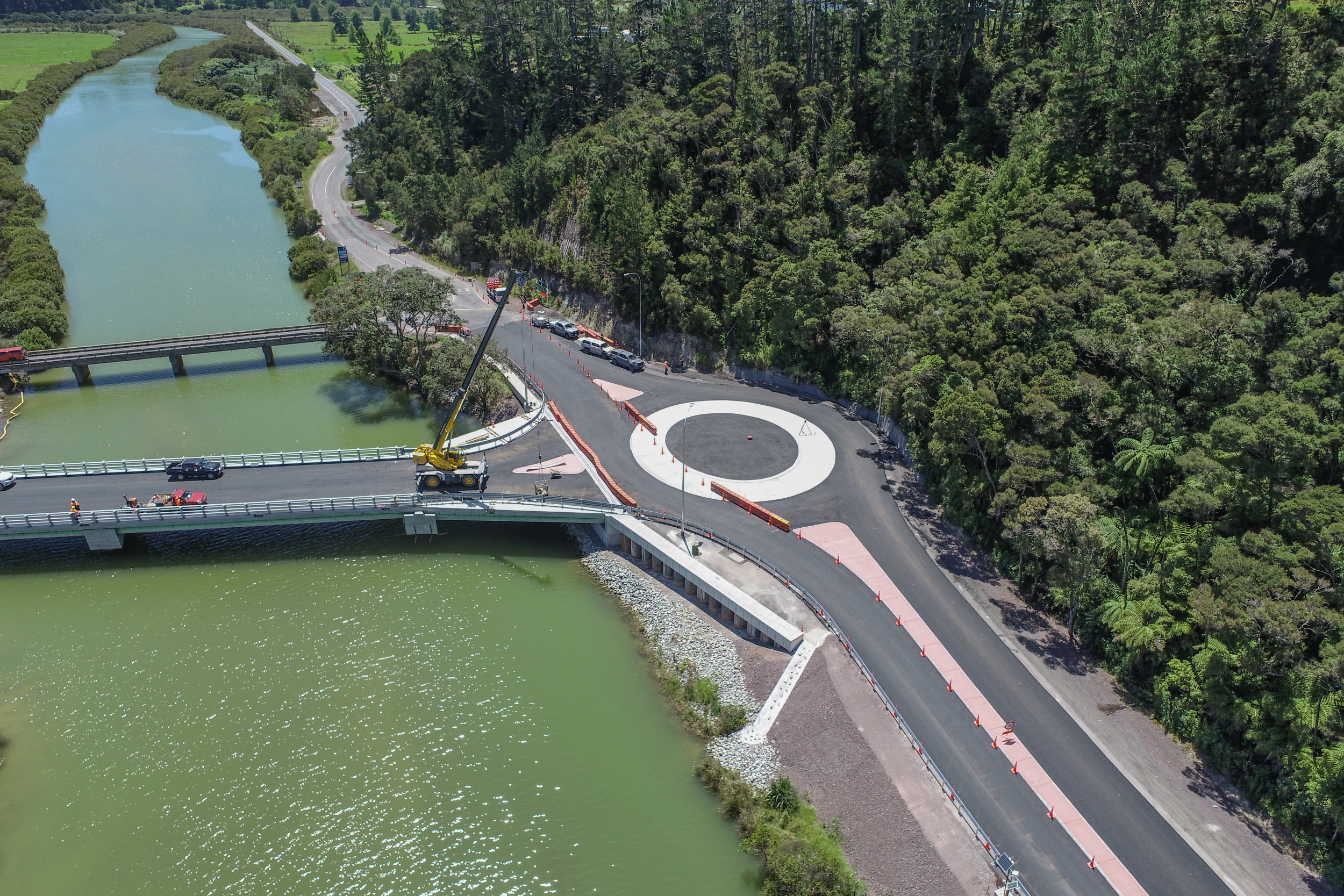
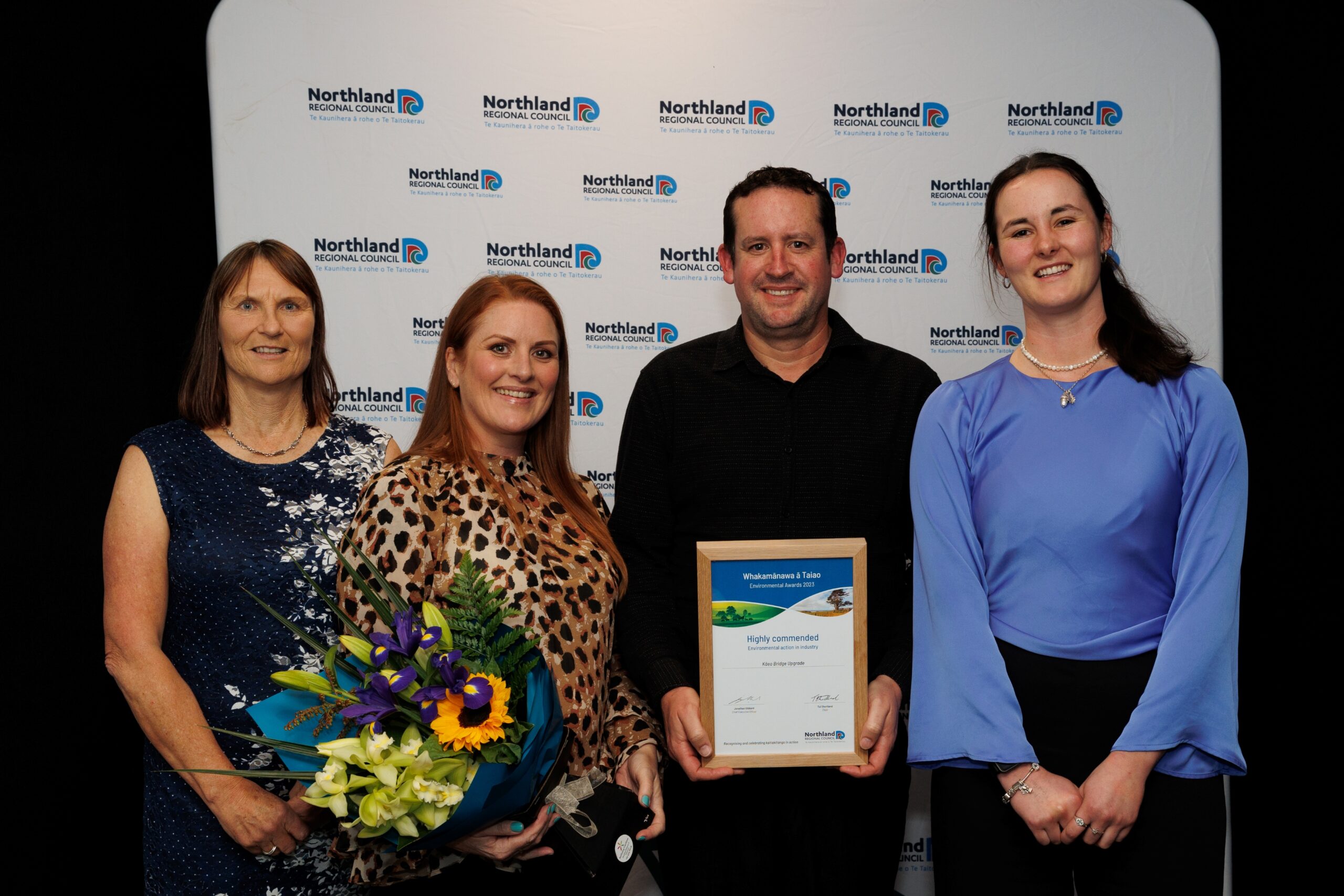
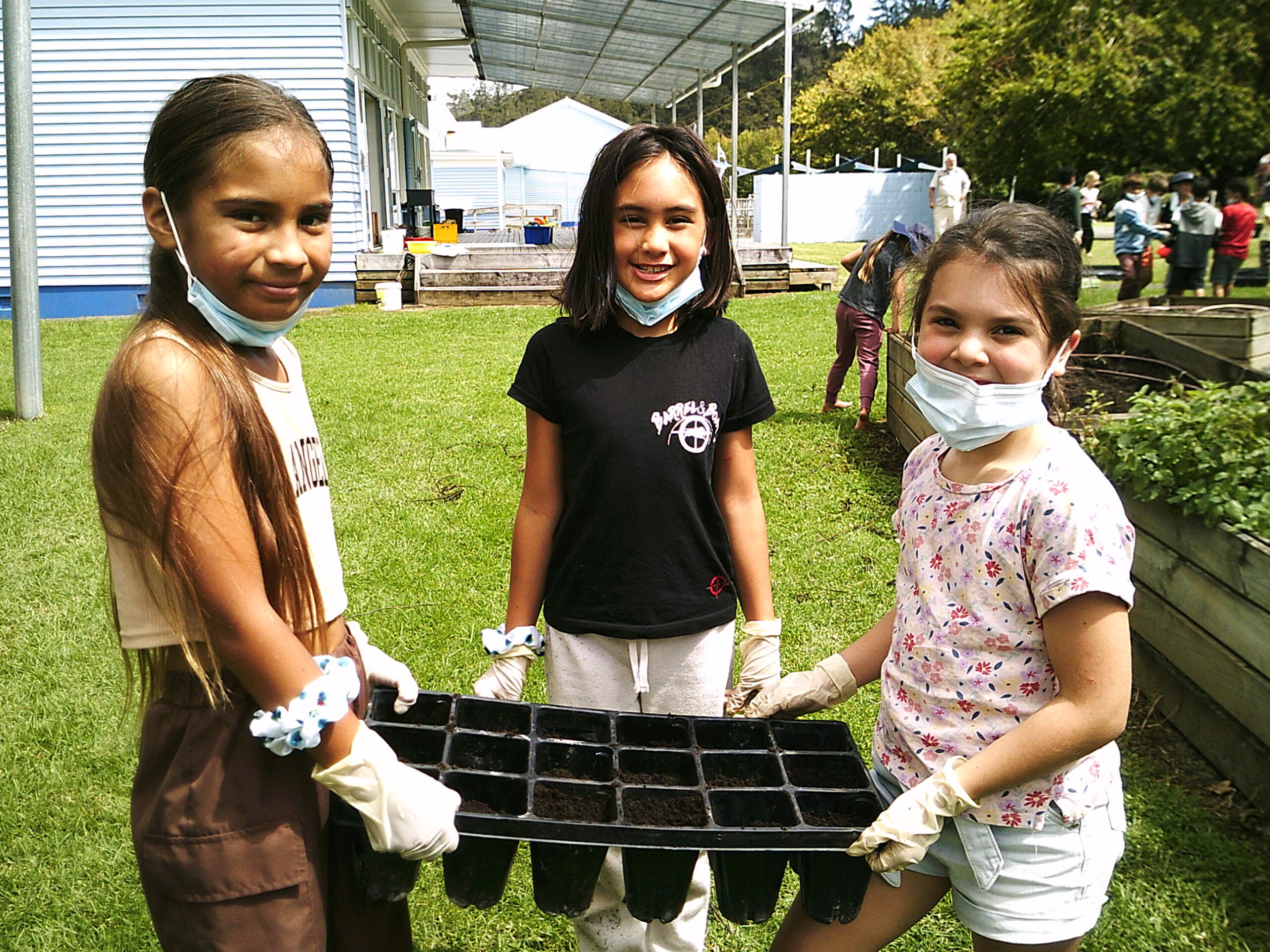
Digital Camera
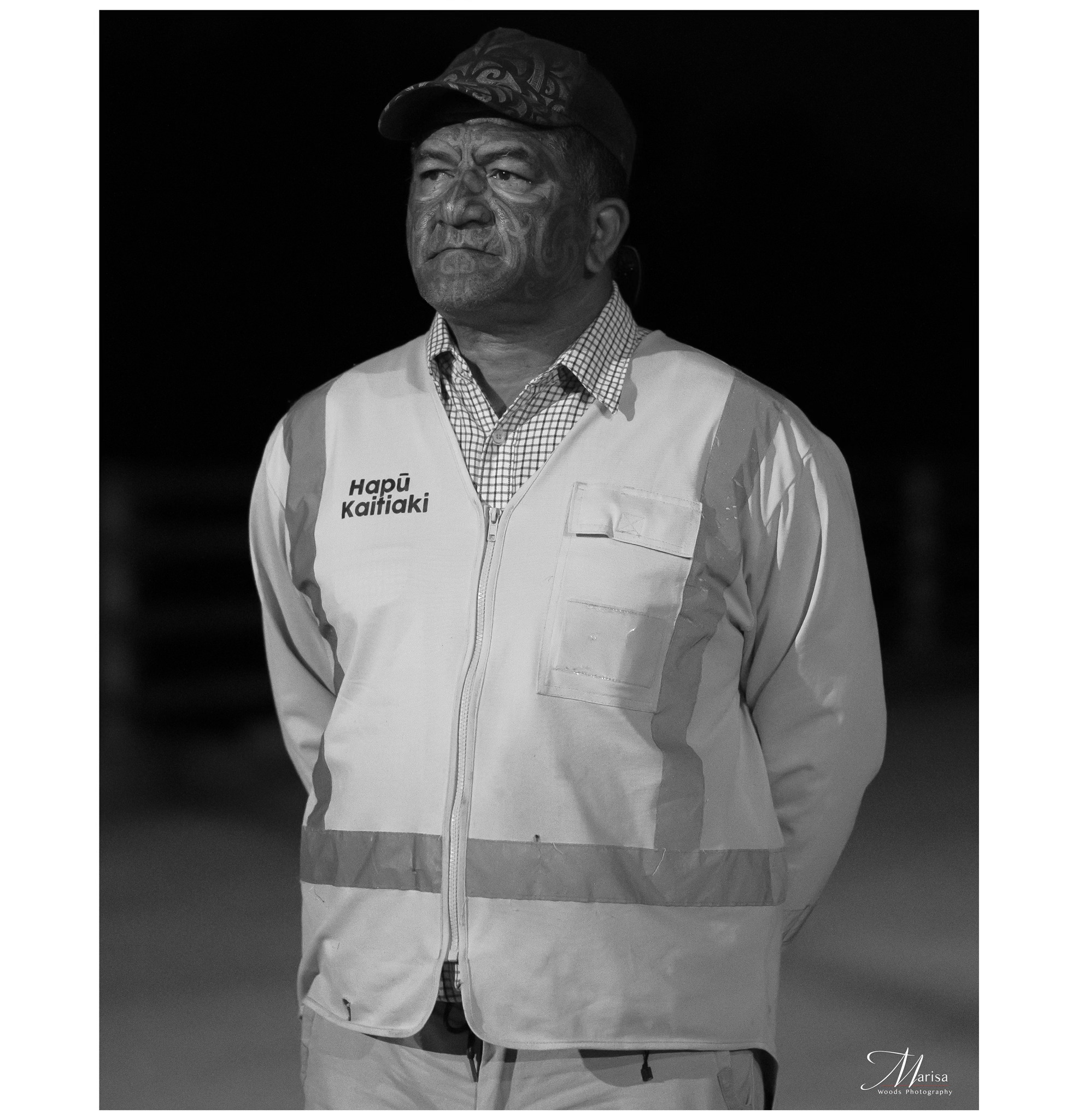

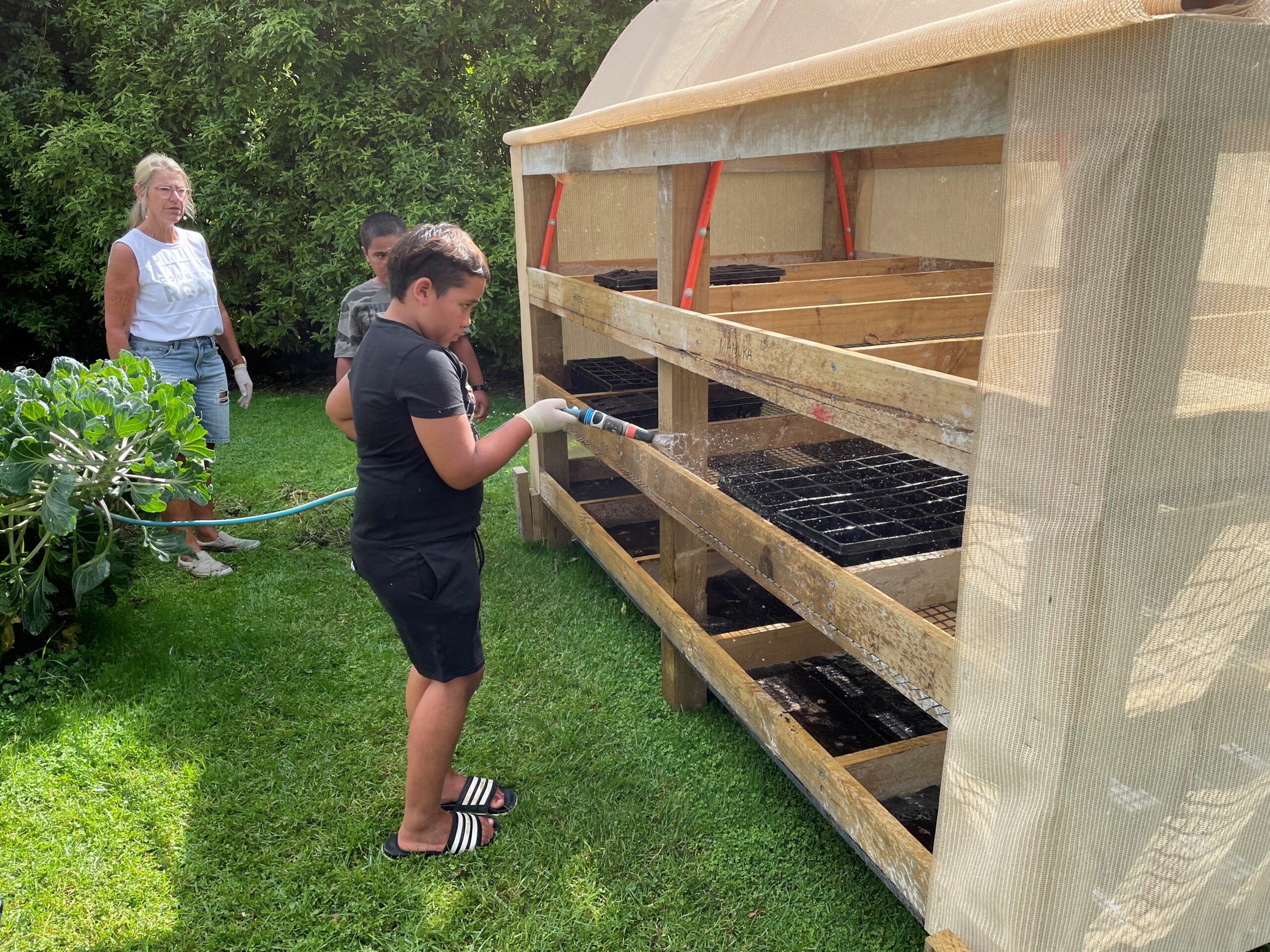

While design and delivery of this new asset will provide the infrastructure necessary for the Kāeo community to prosper and grow, what sets it apart is how the community have engaged with the project and developed connections to their new community asset.
From the project’s outset, teams engaged with multiple facets of the community to capture cultural significance, minimise impact on the surrounding ecosystem, increase community engagement, and generate a legacy that stretches beyond the asset itself.
Before construction began, teams worked with Whangaroa Hapū to relocate more than 2,000 native fish, tuna (eels), skinks and pupurangi (kauri snails). This ensured the local populations of these precious native species were preserved, out of harm’s way, before construction began.
Site Engineer Jamie Dent is credited with the idea of engaging local tamariki in the project. It was proposed that teams would connect with surrounding schools, who would learn to grow native seedlings for use in the project’s landscaping.
As many as 195 tamariki from Kāeo and Totara North schools would become involved in this initiative alongside local Matua Roger Kingi. Roger was identified for his work collecting native seeds, including mānuka, harakeke and karaka seeds, with his moko around the Kāeo area.
In return for their mahi, carpentry teams built tailored shade huts made from recycled site materials and gifted these to each school. These would enable pupils to grow seedlings for the project and would support future environmental endeavours.
In February 2023, planting days were held at each school. These taught students about the origins of the seeds, how to extract them from their pods, and plant them for best results. When seedlings are ready for planting in May, students will have a safe space to put their seedlings in the ground, leaving their legacy for a lifetime.

